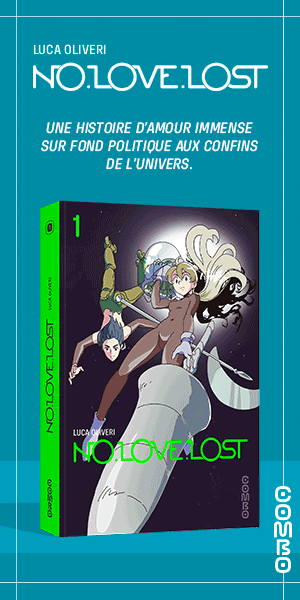Oaths, Vows and Promises in the first Part of the French Prose Lancelot Romance
Extraits
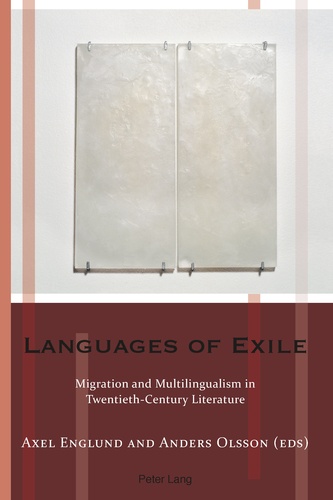
Non classé
Languages of Exile
10/2013

Philosophie
Issues in the Philosophy of Language Past and Present
11/1999
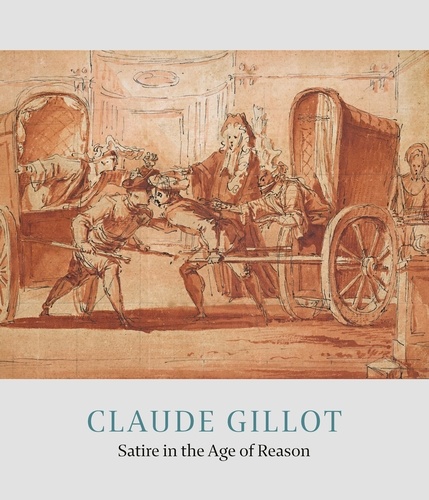
Monographies
Claude Gillot. Satire in the Age of Reason
03/2023
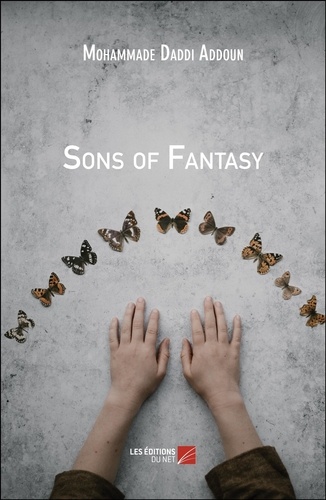
Littérature française
Sons of Fantasy
08/2018
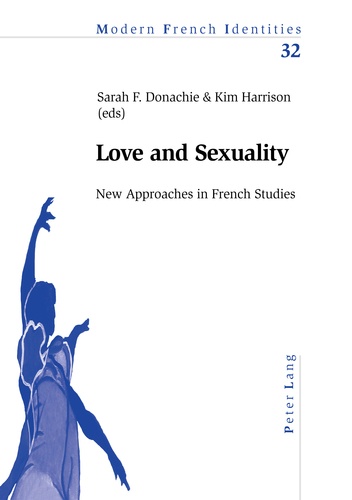
Non classé
Love and Sexuality
07/2005

Théâtre
Diane. Edition bilingue français-anglais
08/2019

Non classé
Music, Poetry, Propaganda
04/2012
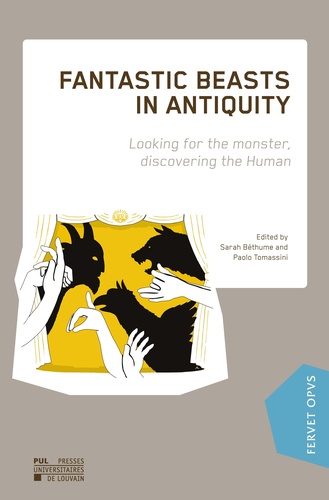
Archéologie
Fantastic Beasts in Antiquity. Looking for the monster, discovering the Human, Textes en français et anglais
02/2021

Ecrits sur l'art
Daring French Explorations. Traiblazing Adventures around the World : 1714-1854
02/2024
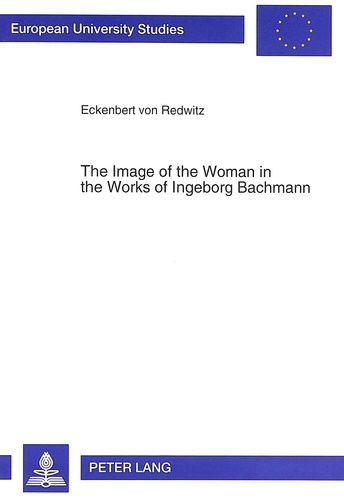
Non classé
The Image of the Woman in the Works of Ingeborg Bachmann
09/1993
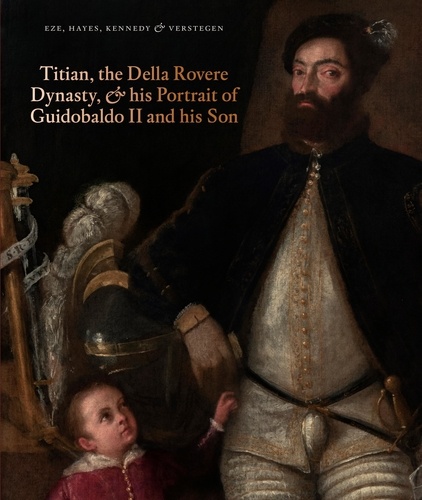
Histoire de l'art
Titian, the Della Rovere Dynasty, and His Portrait of Guidobaldo II and his Son. Edition
11/2021
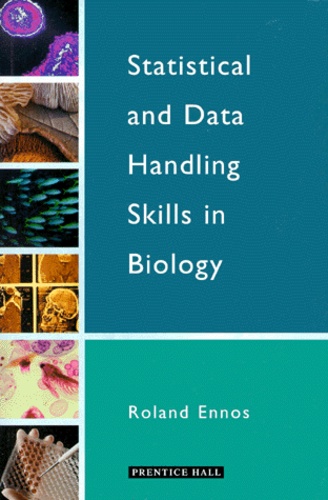
Mathématiques
Statistical and Data Handling Skills in Biology
01/2000

Mathématiques
ORIENTED MATROIDS. Second Edition
01/1999

Beaux arts
Italian Maiolica and Other Early Modern Ceramics in the Courtauld Gallery
03/2023
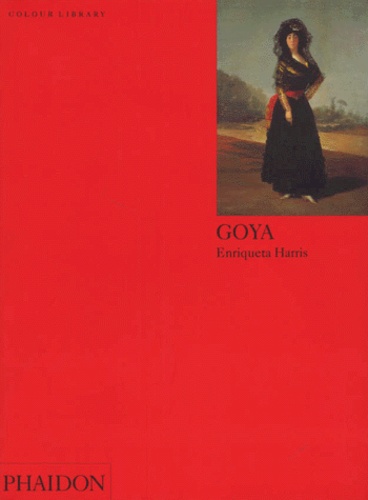
Beaux arts
GOYA. Edition en anglais
01/1994

Romance sexy
At the end of the tunnel
08/2021
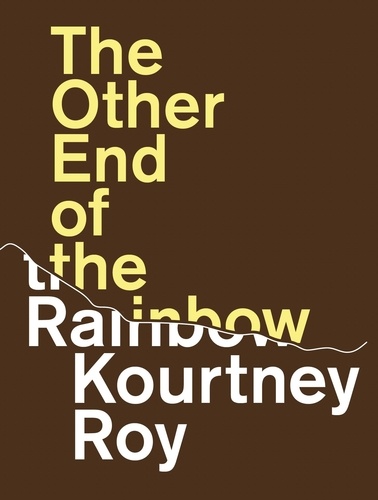
Thèmes photo
The Oher End of the Rainbow
07/2022
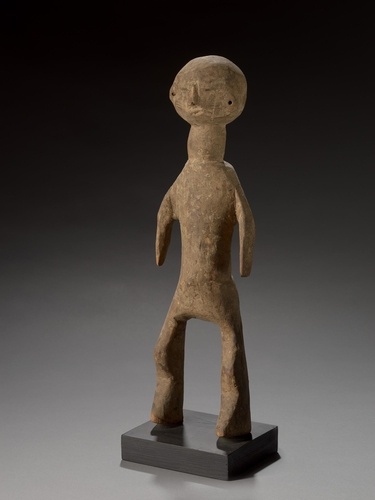
Monographies
Arts du Nigéria Central revisités. Mumuye et peuples environnants
05/2023
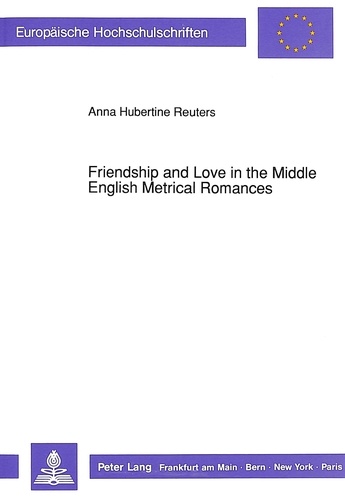
Non classé
Friendship and Love in the Middle English Metrical Romances
02/1991

Non classé
Ruling Class Men
02/2007
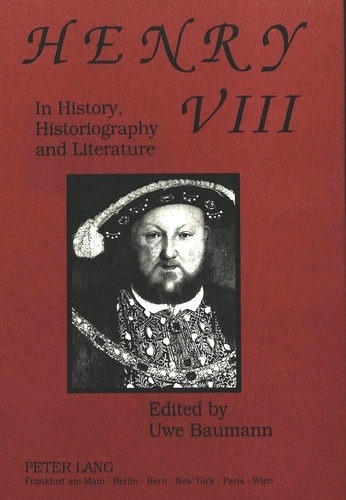
Non classé
Henry VIII in History, Historiography and Literature
01/1993
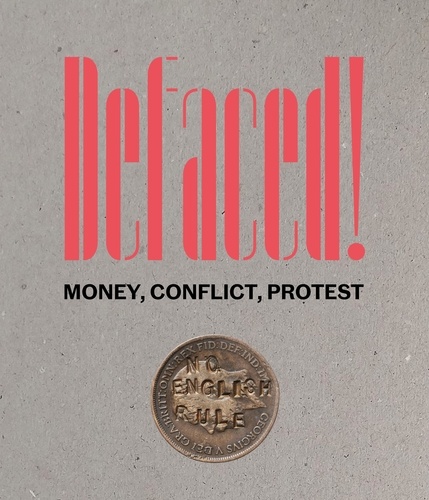
Monographies
Defaced! Money, Conflict, Protest
12/2022
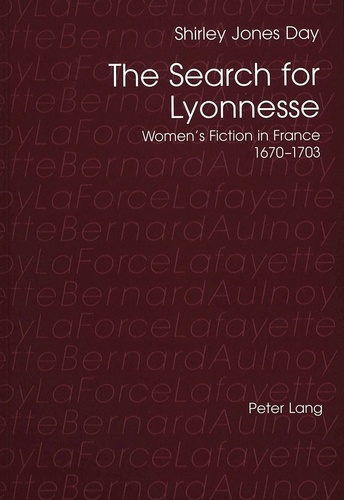
Non classé
The Search for Lyonnesse
07/1999

Objets d'art, collection
The Wider Goldsmiths' Trade in Elizabethan and Stuart London
04/2024
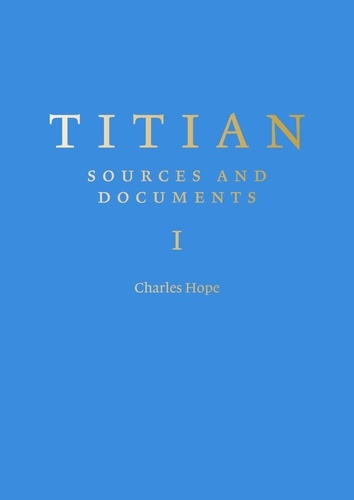
Monographies
Titian : Sources and Documents
04/2023
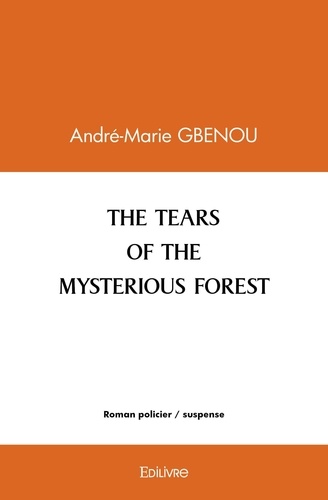
Romans policiers
The tears of the mysterious forest
12/2021

Non classé
A Mirrour of Mutabilitie
01/1991
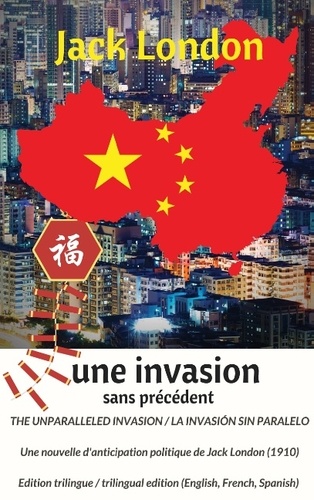
Littérature étrangère
The unparalleled invasion / Une invasion sans précédent / La invasión sin paralelo. A political anticipation short story from Jack London (1910) / Une nouvelle d'anticipation politique de Jack London (1910), Edition français-anglais-espagnol
03/2017

Non classé
Style and Rhetoric in Bertrand Russels's Work
12/1983
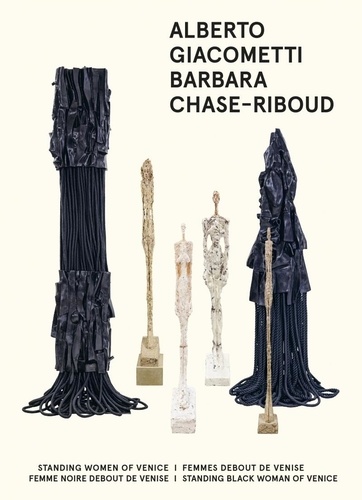
Sculpteurs
Standing women of Venice/Femmes debout de Venise ; Standing black woman of Venice/Femme noire debout de Venise. Edition bilingue français-anglais
11/2021

